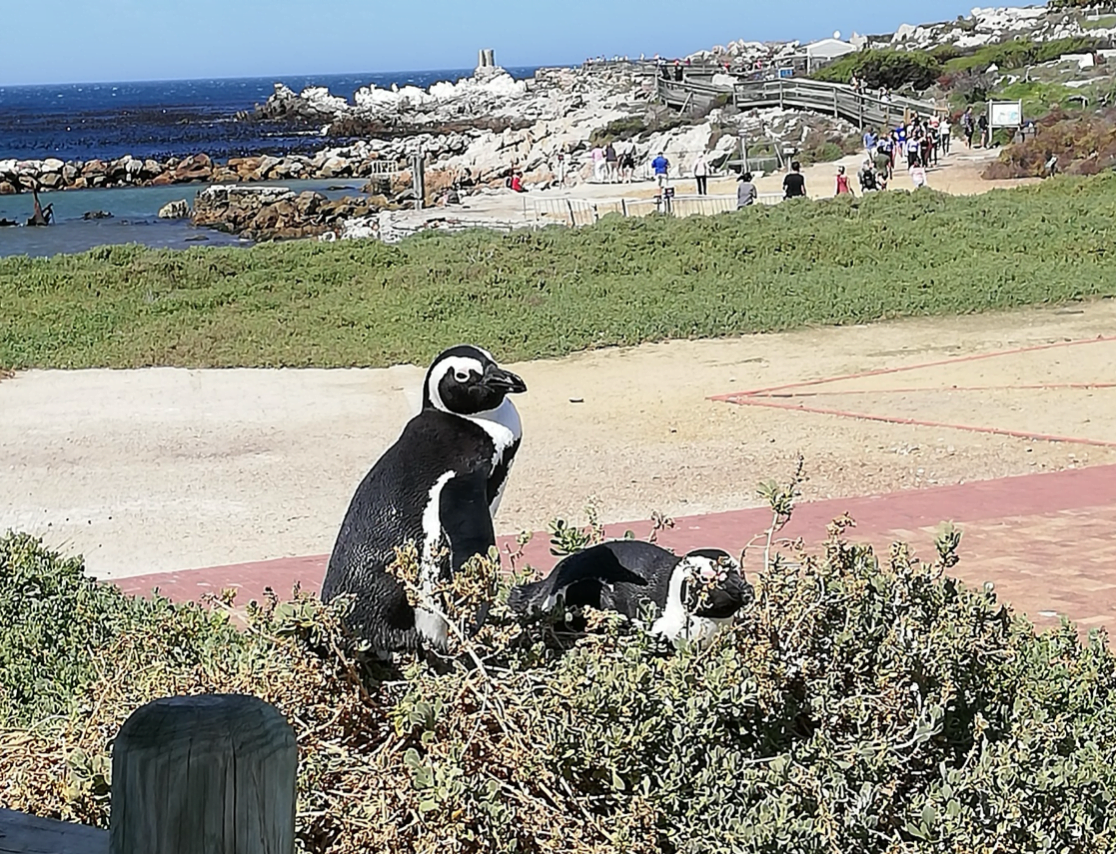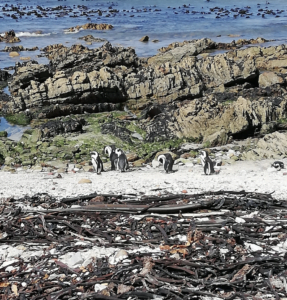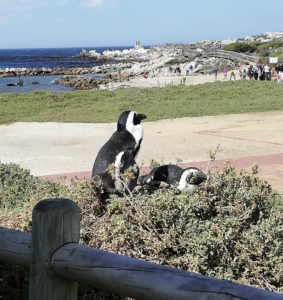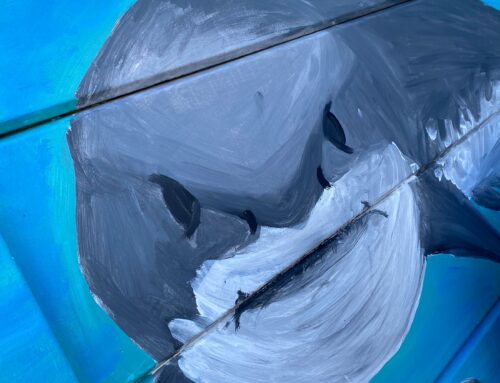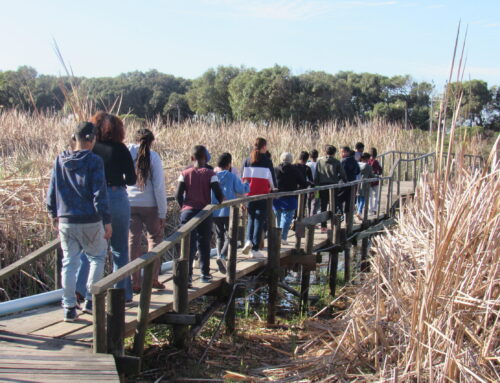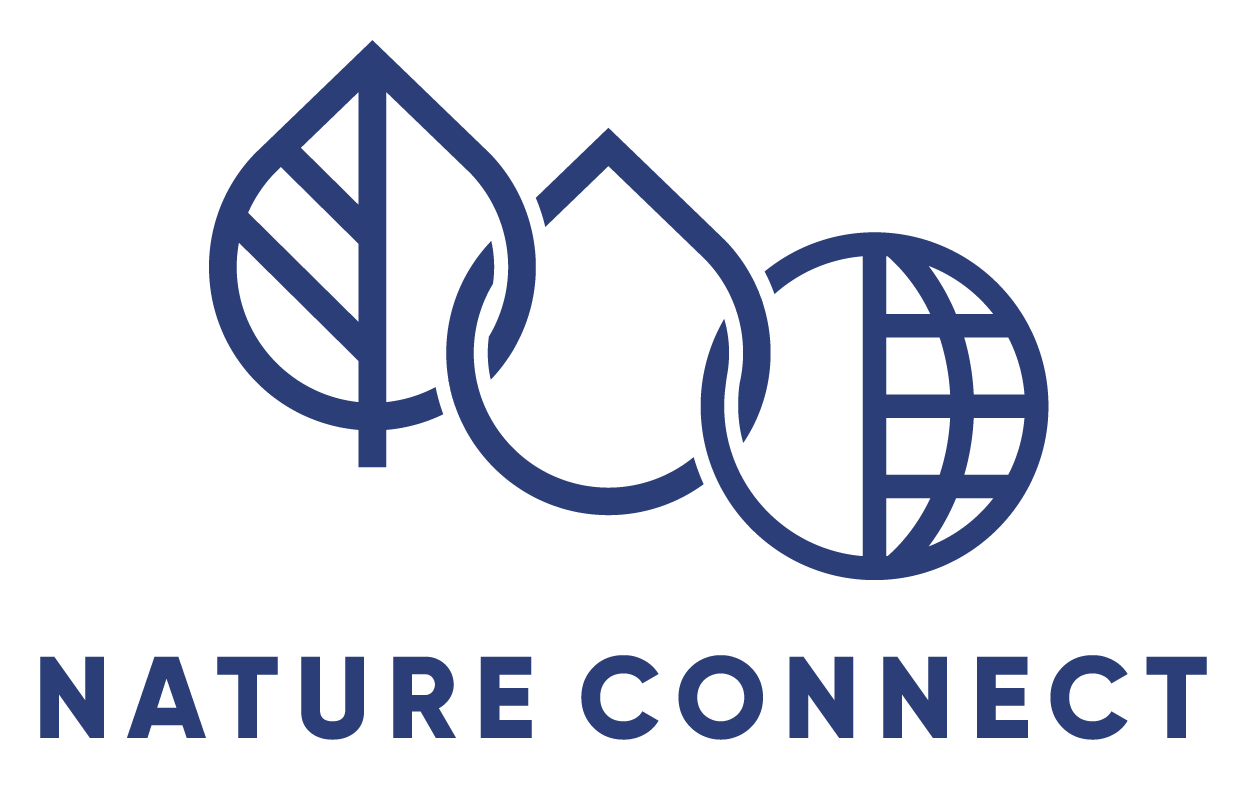Wild penguins live exclusively in the southern hemisphere, and include 18 different species, from the largest Emporer penguins (Aptenodytes forsteri) of Antartica to the smallest Little penguins (Eudyptula minor) of New Zealand and Australia. The only penguin species naturally found in Africa is, appropriately named, the African penguin (Spheniscus demersus).
Approximately 28 breeding colonies of African penguins are found along the Southern Africa coast from Hollams Bird Island (central Namibia) to Bird Island (Algoa Bay, Eastern Cape). This also includes Boulders Beach (Cape Town) and Stoney Point (Betty’s Bay), the only two colonies based on South Africa’s mainland. Monogamous breeding pairs will return to the same colony every year. We don’t know for sure how they recognise each other, but we look at their unique “belly freckle pattern”.
Unfortunately, our African penguins appear on the IUCN Red List, as an endangered species. The decline of their population has been spread over the past 2 hundred years: from well over 1 million African penguins even at the beginning of the 20th century; to dropping below 20 000 individuals. Less than 2% of the African penguin population remains in the wild today.
Initial rapid population decline occurred in the 19th and 20th century, through careless harvesting of penguin guano (poo!) and eggs. Both of these activities are now outlawed, but even in the 21st century, their population numbers continue to decline. Today’s threats still include loss of habitat and breeding sites, due to development, climate change and the impact of extreme weather; as well as predation by domestic and feral pets; disease, such as avian flu; pollution and oil spills; and the biggest contributor being competition for food against commercial fishing (especially for sardines and anchovies). Current fishing restrictions don’t appear to be effective and experts are concerned.
Unless something changes, it is predicted that the African penguin will be functionally extinct by 2035. Meaning that their numbers will be too low for even perfect breeding seasons to save the species, making extinction imminent.
We have only 10 years to save our African penguins, and the sooner the better. Here’s what you can do to help:
- Spend time appreciating our penguins and visit a colony.
- Learn more about our African penguins and penguins in general.
- Raise awareness by talking to others, joining awareness events (#WaddleWalk), post penguin pictures on social media, with tags such as #WorldPenguinDay, #PenguinAwarenessDay, #NOOW and #ReversetheRed.
- Learn about the NPOs and organisations that focus on or participate in penguin population monitoring, research, rehabilitation and advocacy. Make a donation; become a volunteer; or collaborate to promote campaigns and increase revenue streams.
- Reduce your carbon footprint and make lifestyle improvements to live more sustainably (eg: WWF-SASSI List).
- Stay aware of governmental decision developments that affect our African penguin population and colonies. Sign petitions and advocate for our African penguin.
Extra stats of the average African penguin:
- Weight: 2,2 – 3,5kg.
- Height: 60 – 70cm.
- Lifespan: 10 – 25 years (30 years in captivity).
- Breeding season: Year-round, peak seasons from March – May (South Africa) or November – Decemeber (Namibia).
- Swimming speed: 4km/h (cruising) – 20km/h (full speed).
- Diving depth: 25m for 69 seconds (average). 130m for 275 seconds (record holder).
- Foraging distance: 20 – 40km during breeding season, further outside of breeding season.
- Diet: 540g small pelagic fish a day (increase to 1kg during breeding season), supplement with squid and small crustaceans.
Together, through knowledge, advocacy, and action, we can forge a hopeful future for the African penguin, preventing its slide into extinction and celebrating the unique beauty it brings to our world.

